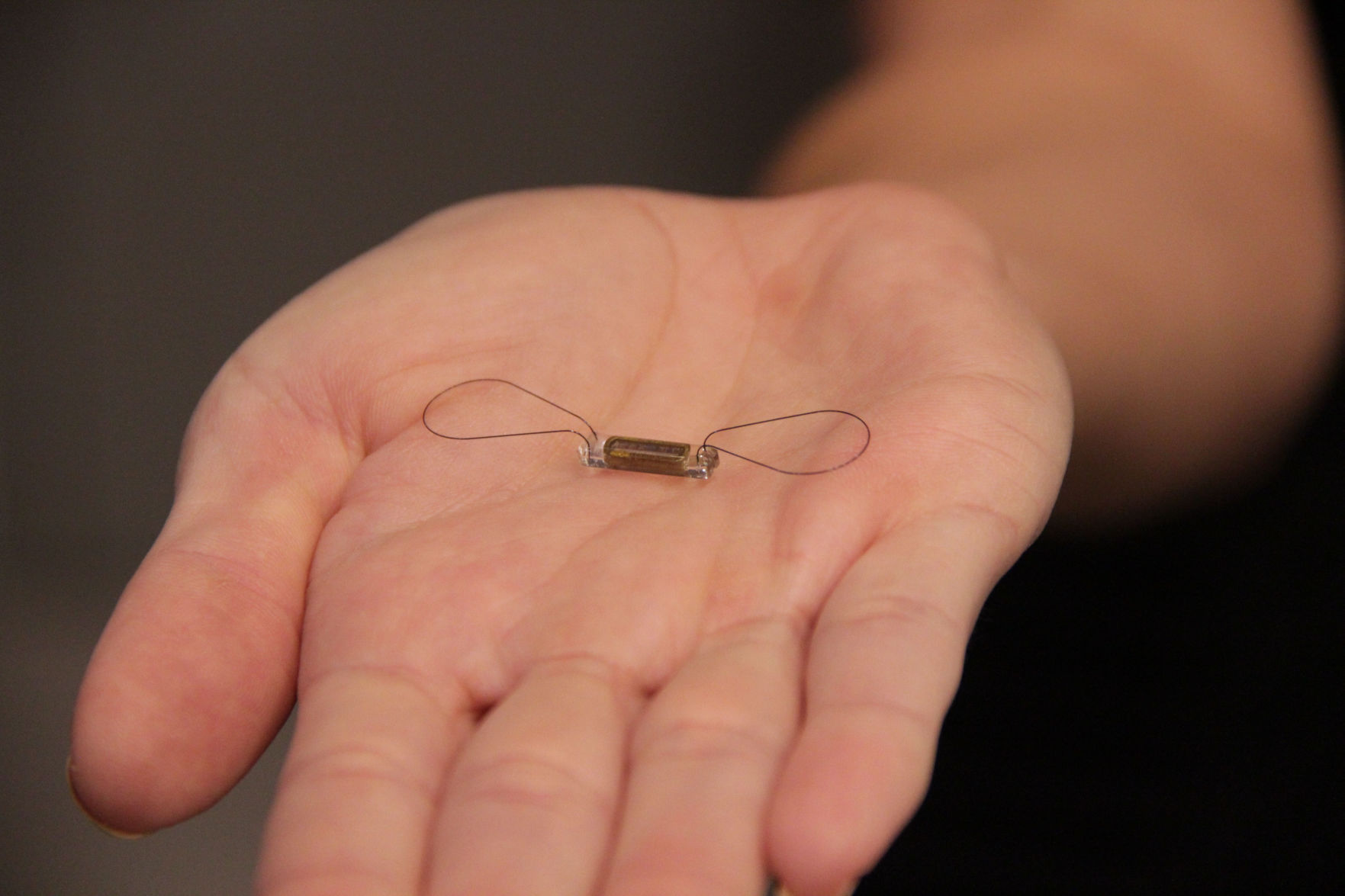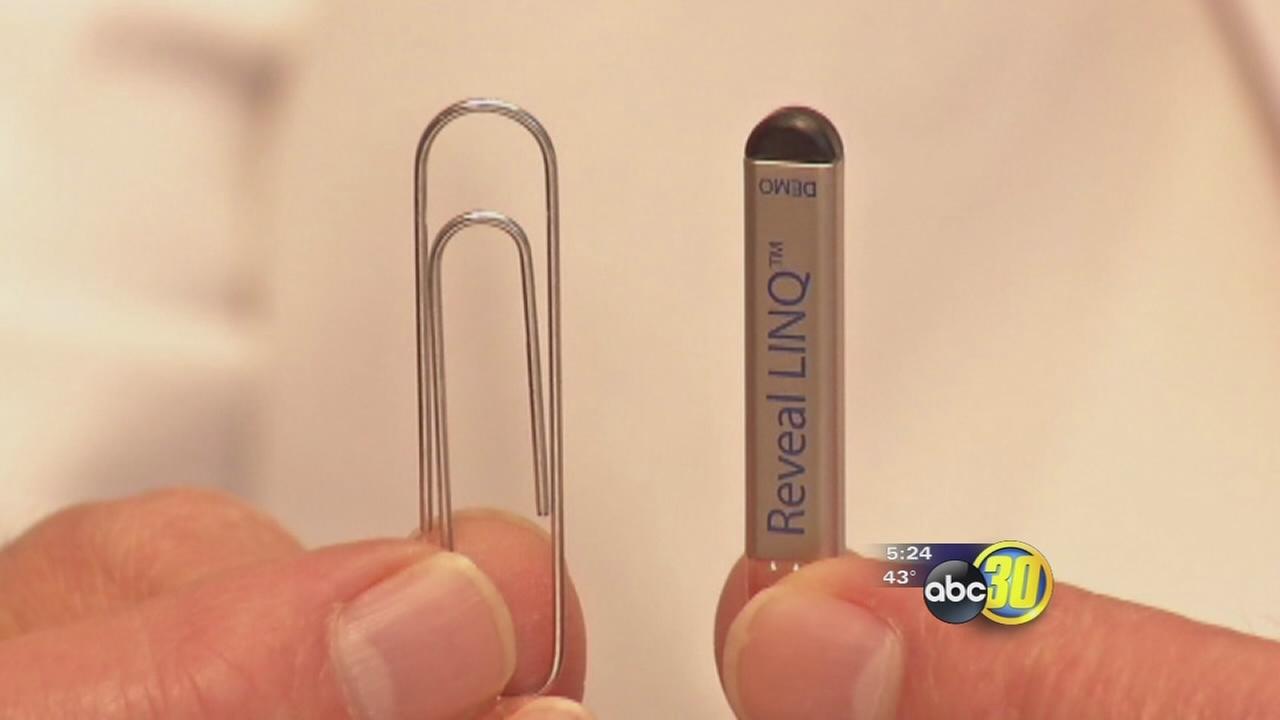

The Lariat is approved for people who don’t have success with blood-thinning medications and those who can’t undergo surgery for whatever reason. Only small punctures are needed to place this device versus a large incision. This is the suture that will eventually tie off your LAA. The tube has magnets as well as a lasso- or noose-shaped end. The Lariat is made up of a soft plastic catheter tube. The procedure is also performed using catheters. Eventually, it turns into scar tissue so blood is unable to enter, collect, and clot. The Lariat ties off the LAA using sutures. Like the Watchman, the Lariat is an implant device that helps prevent blood clots from forming in your LAA. The Watchman is inserted during an outpatient procedure through a catheter in your groin that is then fed up into your heart. You can’t have an existing blood clot in your heart or an allergy to nickel, titanium, or any other material in the device. To be eligible to have this device implanted, you should be able to tolerate blood thinners. Once in place, tissue will grow over the Watchman in around 45 days to block off the LAA. It’s shaped like a tiny parachute and is self-expanding. Food and Drug Administration (FDA) for people who have AFib that doesn’t involve a heart valve (nonvalvular AFib). In fact, the clots that cause stroke in people with AFib develop in this area 90 percent of the time, according to a 1996 study. This device blocks off the left atrial appendage (LAA) - the area in your heart where blood often pools and clots. If you’re looking for an alternative to taking blood thinners, implant devices like the Watchman may be worth investigating. Implant alternatives to medications Watchman Or you may have other complications or conditions that make taking these medications for the long haul unappealing or even impossible. You may not want to go to your hospital every week to have your blood tested.

You may not want to be on a medication for the rest of your life. They also don’t interact with as many foods and other medications.Īlong with the risk of bleeding and interactions, one downside of taking medication to prevent blood clots is having to take it long term. These medications are shorter-acting than warfarin, which means you don’t need to have your blood monitored as closely while taking them.

NOACs may even lead to less intracranial bleeding. They include dabigatran (Pradaxa), rivaroxaban (Xarelto), and apixaban (Eliquis). Newer drugs known as non-vitamin K oral anticoagulants (NOACs) are just as effective as warfarin and are now the preferred blood thinners for AFib. If you take this medication, you’ll need frequent monitoring through blood tests.

It may also lead to complications like excessive bleeding. It may interact with certain foods and medicines, so it’s not an option for everyone. Warfarin (Coumadin) was once the most commonly prescribed blood thinner for AFib. Traditional therapies revolve around medications, like blood thinners. When a blood clot goes to your brain, it may lead to stroke. Preventing clots is extremely important because they can dislodge and travel to other parts of your body. The main goal of treatment for AFib focuses around controlling your heart rhythm and preventing blood clots.


 0 kommentar(er)
0 kommentar(er)
